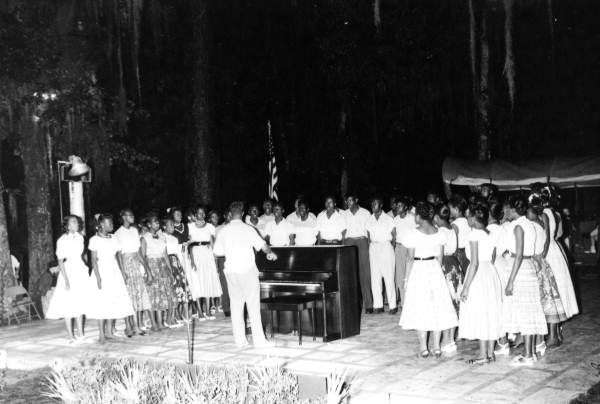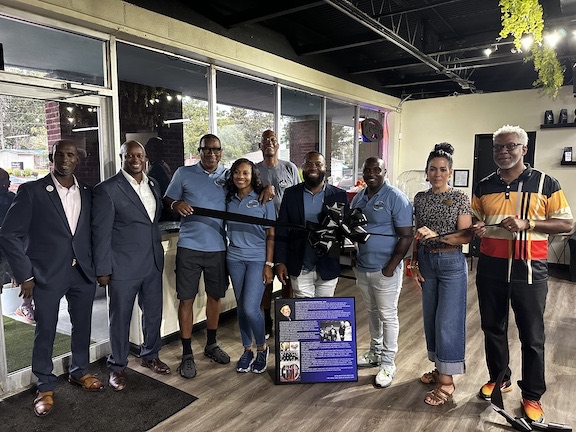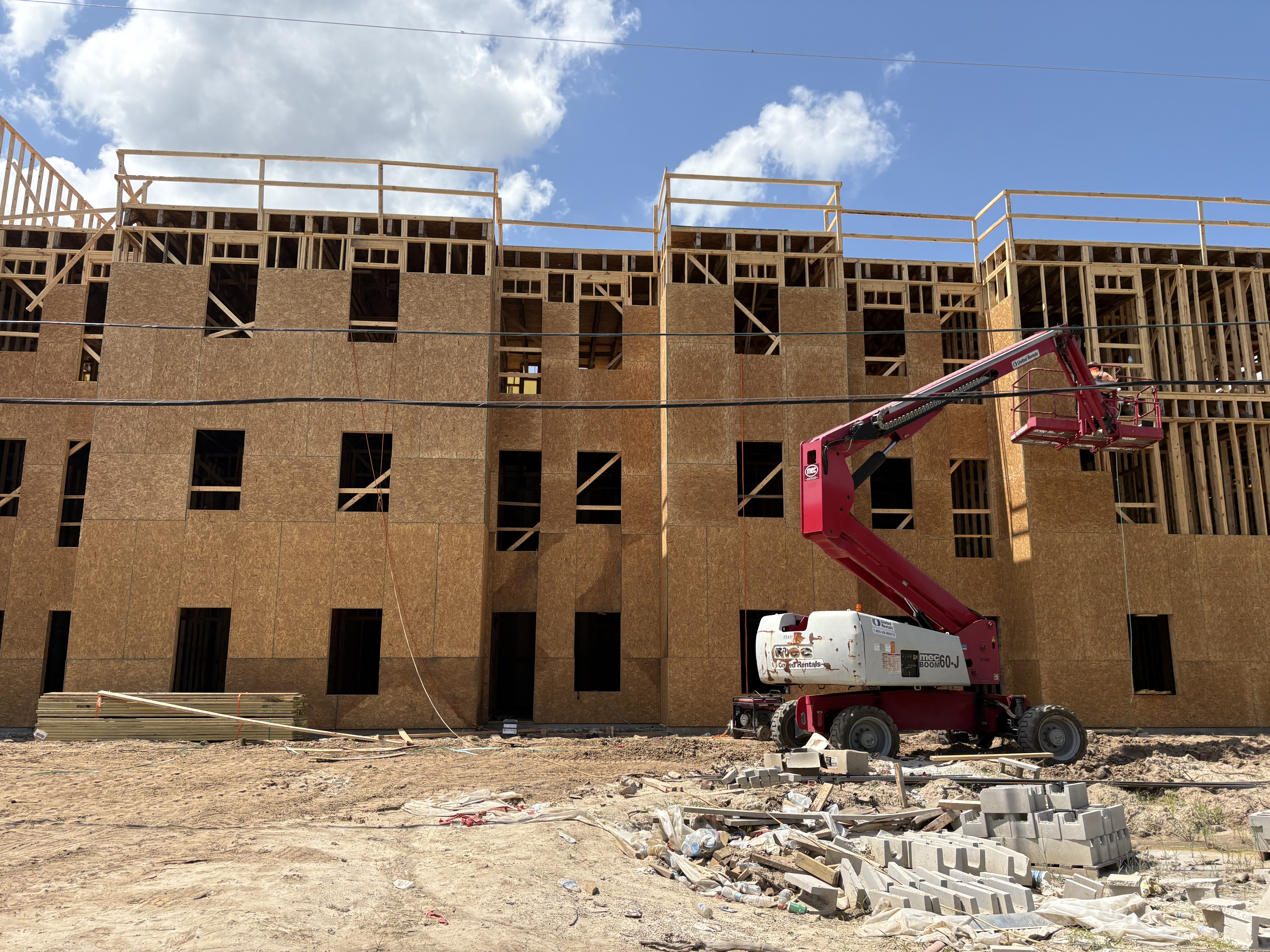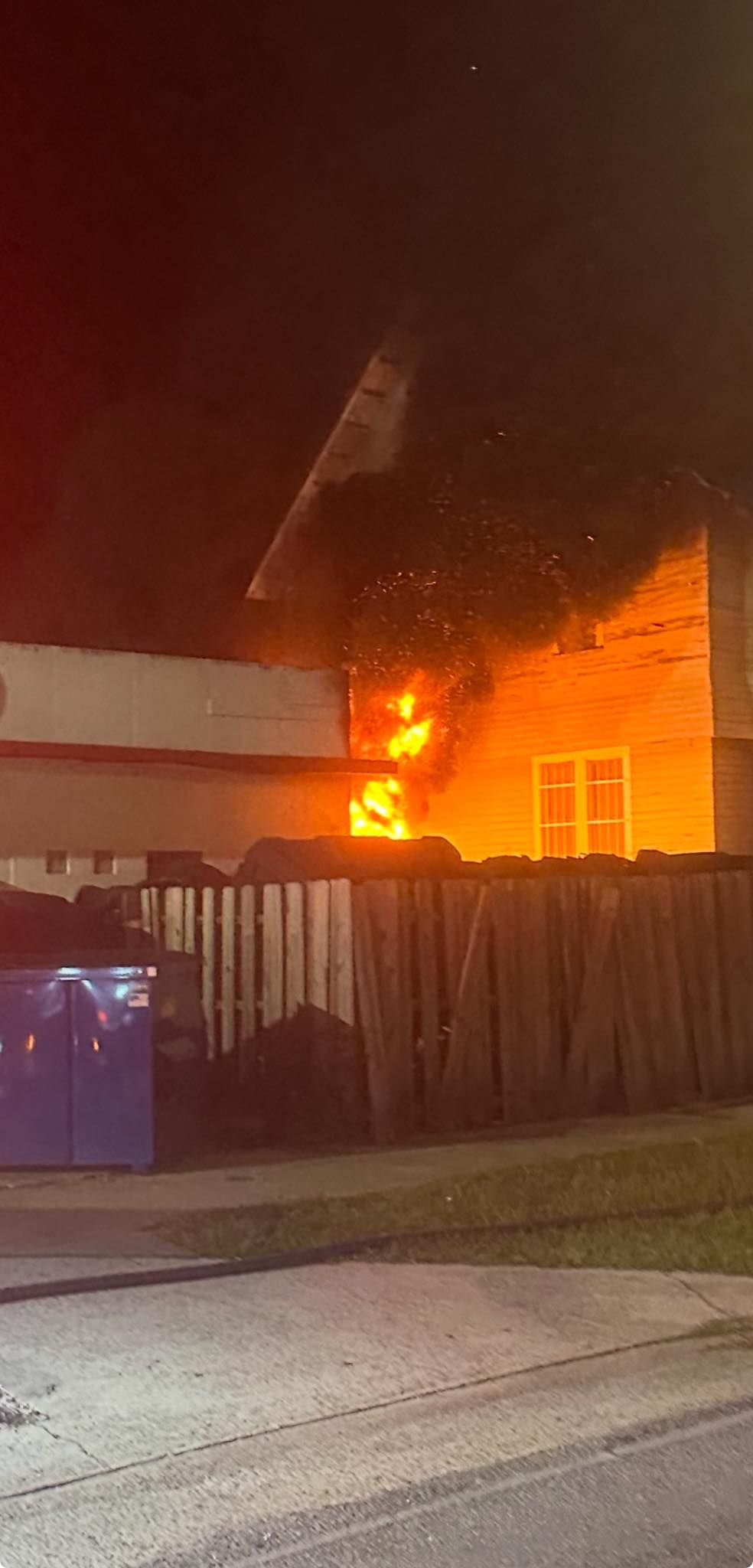Around the Banks: The evolution of education in Hamilton County
Published 8:35 am Friday, September 8, 2017

- The J.R.E. Lee High School Chorus performed at the 1956 Florida Folk Festival.
“Gone is the builder’s temple,
Crumpled into the dust,
Trending
Low lies each stately pillar,
Food for consuming rust.
But the Temple the teacher builded
Will last while the ages roll,
For that beautiful, unseen temple
Was a Child’s immortal soul.” (Builders, author unknown)
Trending
By the late 1800s, the state had set up advance schools: Florida Agricultural College of Lake City, 1886; East Florida Seminary, Gainesville, Florida State College for Women, Tallahassee, White Normal School, 1887; First State Institute, 1886, at DeFuniak Springs; South Florida Military Institute, 1887, Bartow; St. Augustine School for the Deaf and Blind; Florida A & M, first known as the African American Normal School, Tallahassee. A State Reform School, Marianna, in 1897 (Later Dozier School for Boys). Private colleges such as Rollins College, Winter Park, 1885, and Stetson, 1887.
The average teacher’s salary in 1896 was $35.44 per month.
The 1885 Constitution preserved all the good features of the 1868 Constitution and also made important steps forward. Any community could levy special district taxes and the county must (had to) levy not less than 3 mills.
A certificate law requiring teachers or prospects to receive a teacher’s certificate of a grade comparable with the results of the test elevated the standard of teachers. In 1903, the Legislature appropriated $50,000 annually to be used for the encouragement of high school students and rural graded schools.
Jasper High School was started about this time and was combined with Jasper Normal Institute for some years.
Jasper Normal Institute prepared young people to teach immediately rather than going to college, and the high school was college preparatory. Jasper Normal Institute was discontinued in 1915. The Buckman Bill in 1905 established the first five advanced schools and replaced them with the University of Florida, Gainesville, and the Female College of Tallahassee. The other two were put under the Board of Control.
Jasper High School burned in the summer of 1925. Classes were held where it was convenient, until a new school was built at the location of the present old Hamilton County, Ameris Bank Building, NE Second Avenue and Hatley Street. A new Hamilton County School complex, the present Courthouse Annex was built in 1964.
Larger schools, through High School, were built in White Springs in 1937 and in Jennings in 1928. These high schools were eliminated with the building of the High School Complex at Jasper. Full consolidation of the schools took place in the fall of 1965.
The elementary schools were retained. Kindergarten was added in 1969.
The first schools for African-American children started before 1872, according to a deed of 1872. The School purchased for $1.00, two acres from George M. and Celia Turret. The land adjoined where the J.R.E. Lee School now stands. In 1873, the School Board purchased four acres of land from Eliza and Alex Zipperer for $1.00 to be used for an African-American School and Church.
According to the late Mrs. Minnie Brown, longtime African-American educator in the Jasper community, who taught a total of 35 years, including Black’s Still, the first schools she remembered were just for four months, from July to October. These were held at the present site of New Bethel A.M.E. in Jasper, Old Town. The first teacher was Miss Alice Smith from Jacksonville. There were schools for African-American children in White Springs, Jennings, and Jasper, as well as a number of rural, country schools.
The advent of busing made the small country schools obsolete. One of the old school buildings, Camp Mallory, now owned by Irene Tuten Morgan, at Belmont is used for a hunting lodge. Another school, the Old Hall School, (and I don’t know where this is) is used for a private residence.
Children from the country, or when of high school age, usually boarded in town if their homes were such a distance that the children could not walk to school. The country schools seldom taught beyond the eighth grade level.
There was no enforcement of a truancy law, so if parents didn’t want to send their children to school, they didn’t go.
Hamilton County High School, located on Hatley Street, was built in 1964. It closed in 2004.
The new Hamilton County High School opened in 2004, located off U.S. 129 West in Jasper.
North Hamilton Elementary, began its life as Jennings High School, which consolidated with Hamilton County High School, in 1965. It then was a K-8 School until 2004 and became a PK-6 school. The school closed at the end of school year 2017. All students moved to the newly constructed Hamilton Elementary School finished in 2017, next to Hamilton County High School off U.S. 129 West.
South Hamilton Elementary began its life as White Springs High School in 1937, which consolidated with Hamilton County High School in 1965. It then was a K-8 school, then PK-6. The school closed at the end of 2017 school year upon construction of the new Hamilton Elementary School.
Central Hamilton Elementary, in Jasper, was built in 1964. It was a K-6 school, then a PK-4 school and then PK-6 again. It, too, closed at the end of 2017 school year with students sent to the consolidated Hamilton Elementary School on U.S. 129 West.
J.R.E. Lee High School was first located on Martin Luther King Drive at the present site of a federal housing project. The school site of J.R.E. Lee High School moved to a site not far from its original site. The property on which the present J.R.E. Lee is situated was paid for with members of the African-American community sponsoring fundraisers, selling dinners, and they purchased the property from the late Dr. Joseph H. Corbett.
The present building at J.R.E. Lee was built in 1957. It served African-American students in grades 1-12 until 1965, when the Carver High School in White Springs and Jerry Jackson High in Jennings consolidated with J.R.E. Lee High School. The school was desegregated fully in 1970 and became Hamilton Middle School, until grades 7-8 were moved to the new high school in 2003.
In White Springs, African-American students attended a school near where the present Willie Guy Turner Park is located, and it was a Rosenwald School. African-American schools across the Deep South, many of them were built by dollars from the Rosenwald Foundation. Julius Rosenwald was one of the co-owners of Sears and Roebuck Company. Carver High School located on Mill Street was built in 1954 and operated as first, a high school, and then an elementary school until full desegregation took place in 1970-71 at which time African-American and white students merged into South Hamilton Elementary.
In Jennings, African-American students attended Jerry Jackson School. This school, like Carver School in White Springs was built in the early 1950’s.
These African-American schools built in the 1950’s were built with a “rider” on the Interstate Commerce Bill passed by President Dwight Eisenhower. It updated all black schools in the South. While Southern legislators held fast to the doctrine of strict segregation, the Federal government knew that with the passage of Brown V. Board of Education, 1954, which struck down the Separate but Equal argument set forth in Plessy V. Ferguson, would mean that, in the very near future, many all African-American schools would be used to house both African-American and white students, thus, the improvements and construction.
The following have served the county as Superintendent of School since 1869
1869 Robert Adams
1870 Dr. A.W. Knight
1872 Lawrence Wood
1873 S.L. Taylor
3/2/1874 J.H. Roberts
5/21/1875 R.J. Bevill
1876 W.W. Duncan
1/15/1877 J.H. Roberts
3/7/1881 B.F. Armstead
2/10/1883 J.N. Reid resigned 1/26/1885 returned 1/31/1885
5/12/1887 George W. Graham
1/5/1897 John E. Hanna
1/8/1901 J.H. Reid
1/3/1905 George W. Graham
1/5/1909 J.A. Jackson
1/4/1921 W.W. Bradshaw
1/5/37 Harry T. Reid-Military Reid;
Mrs. Katherine Reid: Acting Superintendent
1/2/1945 W.W. Bradshaw
1/6/1953 R.W. Wilkinson
1/8/1957 Harry T. Reid
1968 James Dunaway
1972-1980 James W. Devane
1980-84 Fred D. Greene
1984-92 Owen Hinton, Jr.
1992-2000 Patricia B. Parks
2000-2004 Charles Blalock
2004-2008 Harry J. Pennington
2008-2012 Martha Butler
2012-2016 Tom Moffses
2016 Rex Mitchell
For the sake of time and space, I will not include all the School Board members, nor many of the instructors. Hamilton County has been blessed with wonderful educators and a dedicated support staff through the years at both the school sites and the district office, as well as in maintenance and transportation.





